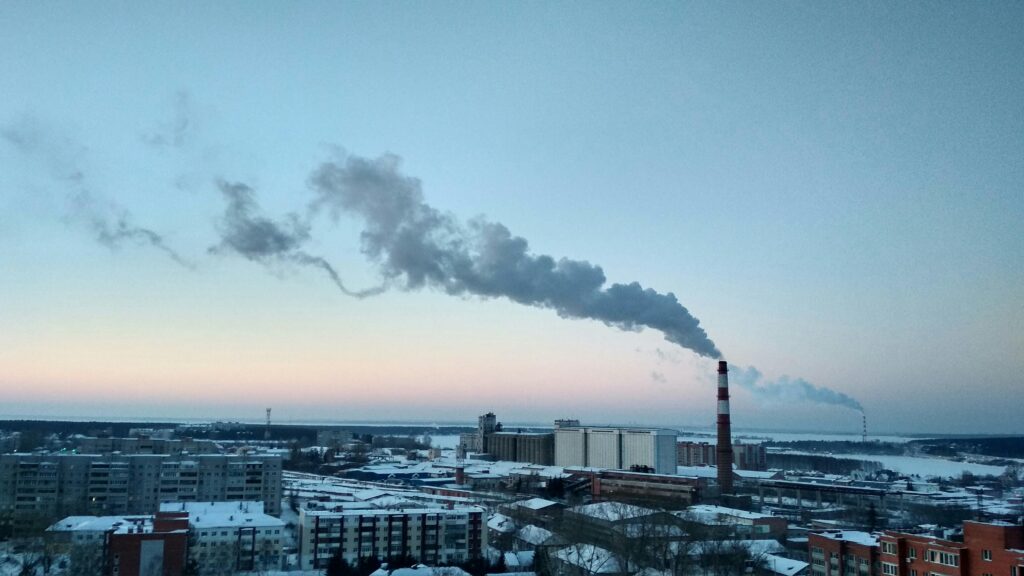Extensive research has been conducted to explore the potential link between prenatal exposure to air pollution and the development of autism spectrum disorder (ASD). Several studies from different parts of the world have shed light on this association, providing valuable insights into the impact of air pollution on neurodevelopment.

Types of Air Pollutants and Autism Risk
Numerous studies have investigated the association between prenatal exposure to air pollution and the risk of autism spectrum disorder (ASD) in children. These studies have focused on various types of air pollutants and their potential impact on the development of autism. In this section, we will explore three key types of air pollutants: nitrogen dioxide (NO2), particulate matter (PM), and other air pollutants.
Nitrogen Dioxide (NO2)
Nitrogen dioxide (NO2) is a common air pollutant emitted by motor vehicles, power plants, and other industrial sources. Several studies have examined the association between prenatal exposure to NO2 and the risk of autism in children.
A study conducted in Shanghai, China, during 2013-2016 found a positive association between prenatal exposure to NO2 and ASD in children. Higher levels of NO2 exposure were linked to an increased risk of ASD in the study population.
However, another study conducted in a cohort of 132,256 births did not find a significant association between prenatal exposure to NO2 and ASD. The study examined multiple air pollutants and found that while NO2 exposure did not show a significant association, exposure to nitric oxide (NO) during pregnancy did show a significant association with ASD risk.
Particulate Matter (PM)
Particulate matter (PM) refers to a mixture of liquid droplets and solid particles suspended in the air. It consists of various components, including dust, pollen, soot, and other pollutants. PM is classified based on its size, with PM2.5 representing particles with a diameter of 2.5 micrometers or smaller, and PM10 representing particles with a diameter of 10 micrometers or smaller.
Studies have examined the association between prenatal exposure to PM and the risk of autism. Research from the United States, Israel, and Taiwan has reported positive associations between exposure to PM and increased risk for ASD. However, in contrast, studies conducted in Europe have observed no significant associations between ASD and air pollutants, including PM2.5 and other PM components.

Other Air Pollutants
In addition to NO2 and PM, other air pollutants have also been investigated for their potential association with autism risk. These include pollutants such as styrene, chromium, diesel, lead, manganese, mercury, and methylene chloride.
A study conducted in Vancouver, Canada, found that prenatal exposure to these specific air pollutants was significantly associated with an increased risk of autism spectrum disorder. The findings suggest that exposure to these pollutants during pregnancy may play a role in the development of autism.
While research has provided valuable insights into the association between prenatal exposure to air pollutants and autism risk, further studies are needed to fully understand the mechanisms behind this link and the specific contributions of different types of air pollutants. The importance of reducing air pollution and minimizing exposure to harmful pollutants during pregnancy cannot be overstated. Pregnant women should follow recommendations for minimizing exposure to air pollutants and consult with healthcare professionals for guidance on protecting their unborn child from potential risks.
Mechanisms Behind the Link
The association between prenatal exposure to air pollution and autism spectrum disorder (ASD) has sparked significant interest among researchers. While the exact mechanisms underlying this link are not yet fully understood, several potential mechanisms have been proposed. Additionally, the timing and type of air pollutants may play a role in influencing the risk of ASD.

Researchers have put forth various hypotheses regarding the potential mechanisms through which air pollution may contribute to the development of autism. These include:
Inflammation & Oxidative Stress: Certain air pollutants like nitrogen dioxide (NO2) and particulate matter (PM), are known to induce oxidative stress and inflammation in the body. These processes can lead to cellular damage and disrupt normal brain development, potentially increasing the risk of autism.
Disruption of the Blood-Brain Barrier: Prenatal exposure to air pollutants may weaken the blood-brain barrier, a protective barrier that separates the blood vessels from the brain. This vulnerability can allow harmful substances to enter the brain, affecting neural development and potentially contributing to the development of ASD.
Epigenetic Modifications: Air pollution has been shown to induce epigenetic modifications, which are alterations in gene expression without changes to the underlying DNA sequence. These modifications can influence how genes are regulated and may contribute to the development of ASD.
Neuroinflammation and Altered Neurotransmission: Exposure to air pollution during crucial periods of brain development may trigger neuroinflammation and disrupt normal neurotransmitter function. These disturbances have been implicated in the pathogenesis of ASD.
While these potential mechanisms provide insights into the ways air pollution may impact neurodevelopment and increase the risk of autism, further research is needed to validate and expand upon these hypotheses.
Recommendations for Pregnant Women
Given the association between prenatal exposure to air pollution and the risk of autism, it is essential for pregnant women to take precautions and minimize their exposure. Here are some recommendations to consider:

Conclusion
While significant progress has been made in understanding the association between prenatal air pollution exposure and autism risk, further research is needed to deepen our knowledge in this area. As we strive towards a cleaner and healthier environment, collective efforts from policymakers, researchers, healthcare professionals, and individuals can make a significant impact in reducing the risk of autism and promoting the well-being of future generations.
Sources:
- https://www.nature.com/articles/s41598-023-30877-5#:~:text=Evidence%20of%20air%20pollution%20exposure,this%20association%20are%20currently%20unknown.
- https://www.ncbi.nlm.nih.gov/pmc/articles/PMC6583438/
- https://www.diva-portal.org/smash/get/diva2:1362516/FULLTEXT02.pdf
- https://edition.cnn.com/2018/11/19/health/air-pollution-autism-vancouver-study/index.html

